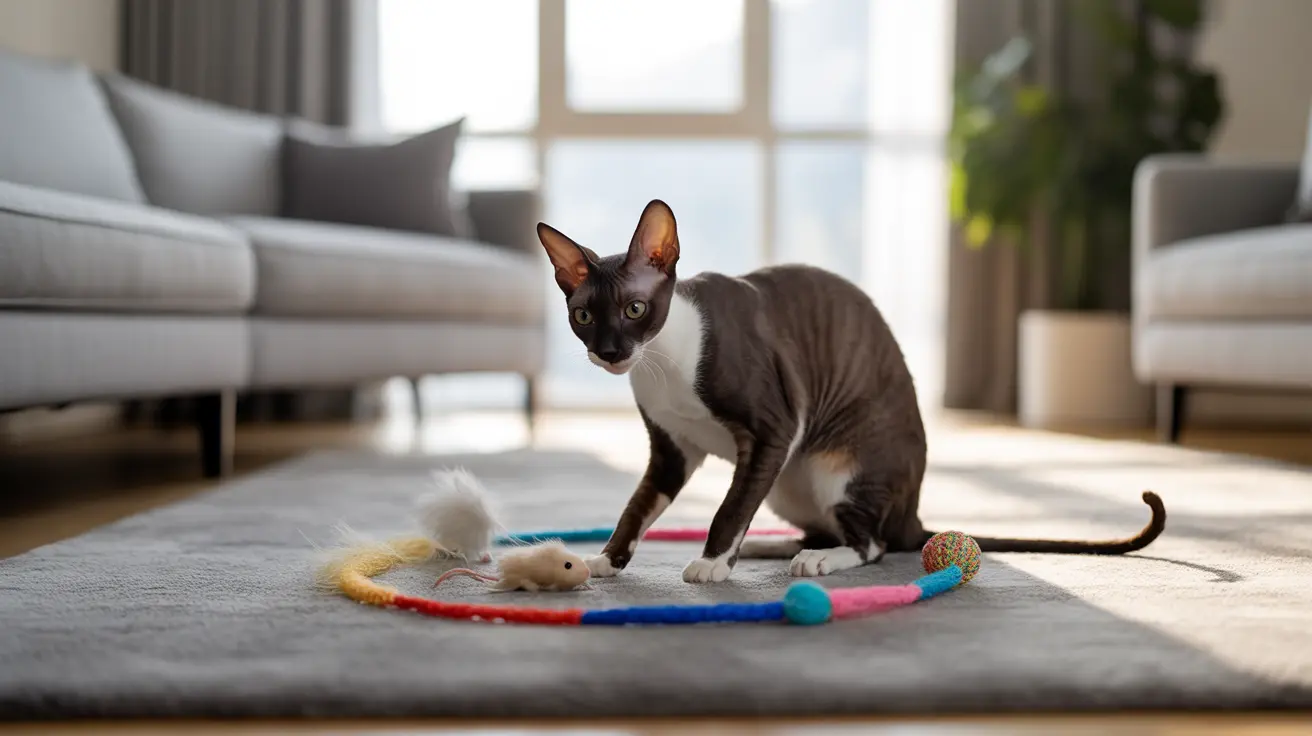What Is Middening and Why Do Cats Do It?
Middening is a territorial marking behavior where cats deliberately defecate in visible or high-traffic areas. Unlike random accidents or litter box avoidance, middening is an intentional communication method cats use to send strong messages to other cats or perceived threats in their environment.
This behavior serves multiple purposes in the feline world:
- Territory marking and boundary setting
- Expressing stress or anxiety
- Responding to environmental changes
- Establishing dominance in multi-cat households
Common Triggers for Middening Behavior
Environmental Changes
Cats may begin middening when facing significant changes in their environment, such as:
- Moving to a new home
- Renovation projects
- Furniture rearrangement
- Introduction of new pets or family members
Social Stress
Social dynamics can significantly impact a cat's behavior, leading to middening when:
- Multiple cats compete for resources
- New cats are visible through windows
- Household hierarchy is challenged
- Changes occur in human relationships
Medical Considerations and Health Checks
Before assuming middening is purely behavioral, it's essential to rule out medical causes. Various health issues can contribute to inappropriate elimination, including:
- Digestive disorders
- Urinary tract infections
- Arthritis affecting litter box access
- Cognitive dysfunction in senior cats
Prevention and Solutions
Environmental Management
Creating an optimal environment can help prevent middening:
- Maintain multiple, clean litter boxes
- Provide private, easily accessible bathroom spaces
- Use pheromone diffusers to reduce stress
- Ensure adequate resources for all cats in multi-cat households
Behavioral Modification
Address behavioral aspects through:
- Positive reinforcement for proper litter box use
- Gradual introduction of changes
- Consistent daily routines
- Environmental enrichment activities
Frequently Asked Questions
Why do cats engage in middening behavior, and how does it differ from regular litter box avoidance?
Middening is a deliberate territorial marking behavior, while litter box avoidance typically stems from dissatisfaction with the box or medical issues. Middening specifically involves defecating in prominent locations to send a message, whereas litter box avoidance may result in elimination in hidden spots.
How can I determine if my cat's inappropriate defecation is due to middening or a medical issue?
Look for patterns in the behavior. Middening typically occurs in visible, high-traffic areas and may coincide with environmental changes. However, always consult a veterinarian to rule out medical causes, especially if the behavior appears suddenly.
What are some common causes of middening in cats, and how can I address them?
Common causes include territorial stress, social anxiety, environmental changes, and competition in multi-cat households. Address these by maintaining stable routines, providing adequate resources, and using pheromone products to reduce stress.
How can I prevent middening behavior in my cat, especially during stressful events like moving or adding new pets?
Prevent middening by introducing changes gradually, maintaining consistent routines, providing multiple litter boxes, and using calming aids like pheromone diffusers. During major changes, give your cat extra attention and safe spaces to retreat.
What are some practical steps to take if my cat starts middening, and when should I consult a veterinarian or behavior specialist?
First, schedule a veterinary check-up to rule out medical issues. Clean affected areas thoroughly with enzymatic cleaners, evaluate and optimize litter box placement and maintenance, and consider environmental stressors. If the behavior persists after addressing these factors, consult a feline behavior specialist.
Conclusion
While middening can be a concerning behavior, understanding its causes and implementing appropriate solutions can help resolve the issue effectively. Remember that patience and consistency are key when addressing any behavioral challenge with your cat. Always start with a veterinary consultation to ensure your cat's health isn't compromising their normal bathroom habits.






